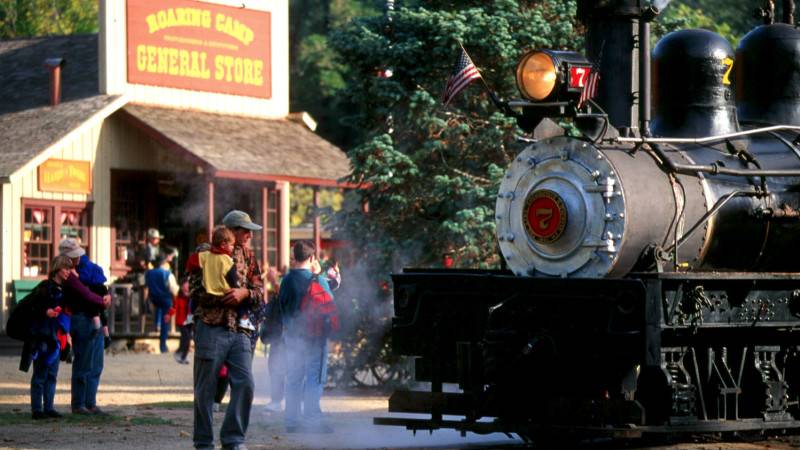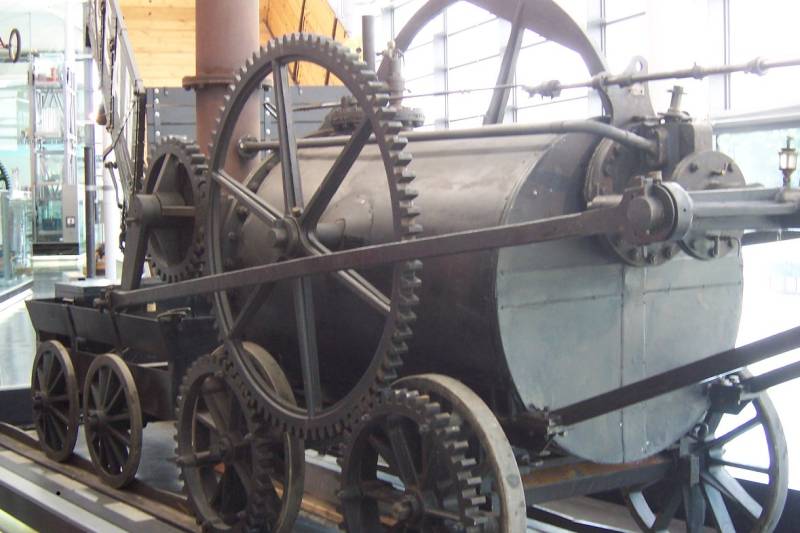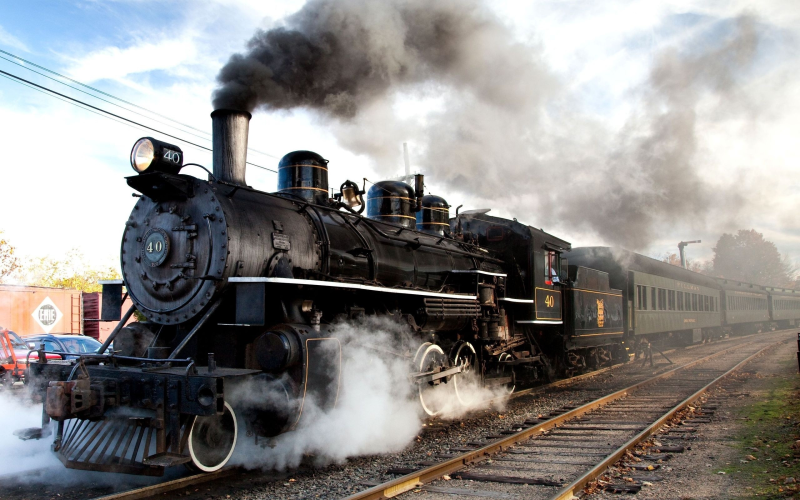By Ashraf Naushahi
Transportation has been a problem since the earliest eras of human civilization. In different eras and regions people tried to solve transportation problems differently. People themselves carried things from place to place. Then they employed horses and cattle for carrying things and people, from one place to another. But that wasn't convenient either. A big solution to transportation problems became possible when discoveries about steam and steam-stream were made.
As human civilization developed, people increased their knowledge about things in Nature and thus began the era of science. Scientists solved the problems of transportation as well as solving numerous other problems through scientific discoveries and technological developments. Scientific theories about heat and steam worked usefully for scientists in making transportation better and easier.
Scientists discovered around the 16th century that they could move various parts of a machine by heating water and thus producing a continuous flow of steam or steam-stream. By using steam-stream they could make various parts of a machine, or engine, work for hours and days. It was the invention of steam engine. The invention of steam engine in 1689 was one of the big developments of science and technology. It was a machine capable of using steam stream for working purposes. In the present day world, steam turbines and other similar machines are the developed forms of steam engines. Turbines are big rotatory machines or generators that produce hydroelectricity in power stations. After the steam engine of 1689, its various famous forms were made in the years between 1712 and 1760. Then in 1884, the first practical steam turbine was developed which soon replaced the previous forms of steam engines.
It was basically the development of steam stream or steam engine, in the 18th and 19th centuries, that made trains and railways possible. Then in the 20th century, railways, trains, and trams became common for transportation in many parts of the world. Trams, trains and railways move along the fixed tracks. Railway tracks are usually made of steel and fixed on wooden planks which are called tiers or sleepers. First tracks were made in various parts of Asia and Europe in the 16th century for transporting coal, rocks, and mineral-ores from mines. Trolleys filled with coal moved along the wooden tracks pulled by water-wheels, horses or cattle. Water-wheels were big wheels used commonly in past centuries for different works before the other inventions for power-supply were made. After the invention of steam engine, water wheels and turbines were replaced by steam engines and turbines.
Trams are still in use in many parts of the world as passenger carriages that run on rails or tracks. Tram-tracks or rails are usually fixed in the middle of city roads. First trams were drawn by horses in 1832. Then steam locomotives were used as engines. Nowadays electric trams are common in many big cities of the world.
Trains and railways are also developed into electric trains with new facilities and speeds in many parts of the modern world. Trains, however, usually have tracks separate and away from city roads.
History of railways can be started from the 16th century wagons drawn by horses along the tracks in coal mines, but the first practical steam engine for railways was made in 1804. The first passenger carrying railway traveled in 1830. Though steam engines are still being used by railways in these parts of the world, in other parts high speed trains are traveling in which electricity has replaced steam. Average speed of the fastest trains in modern railways, is about 300 kilometers per hour which is almost equal to 185 miles per hour.
Published in Young Nation Magazine on July 1, 2017








